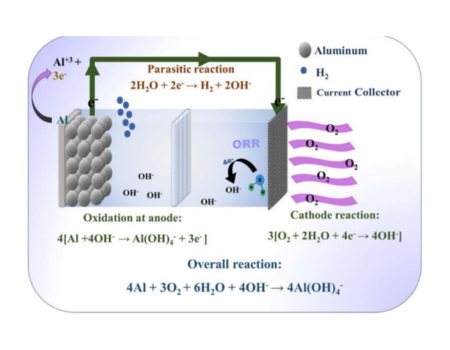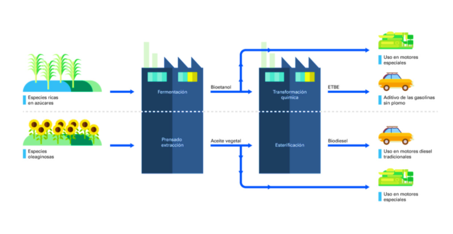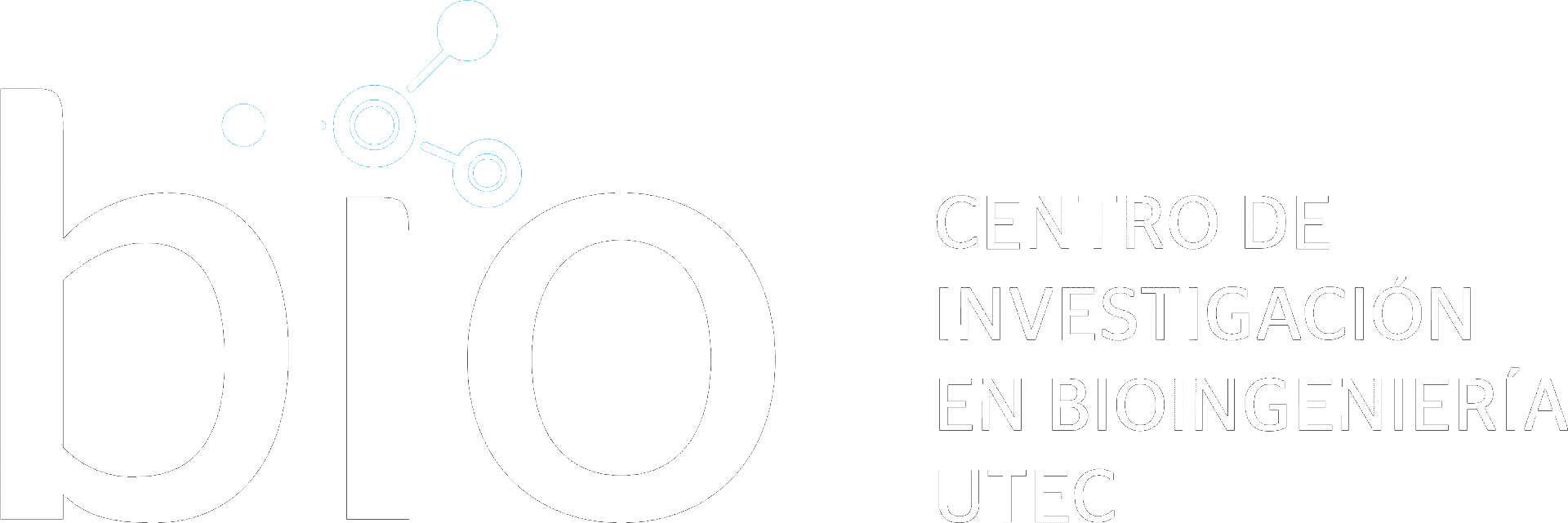
Assistant of the Laboratory of Tissue Engineering and Synthetic Biology
Bringing the dead back to life has fascinated not only writers and playwrights over the centuries, but also scientists. As in many past references, the perfect preservation of the integrity of the human body after death is part of that ideal. In today’s world, many of these aspirations focus on preserving donor organs for longer, so that they can be transplanted.
The process to get a donated organ has many complications, from getting those that are compatible, which are scarce (for example, in Latin America the range of donors in 2019 was 2.3 to 21.4 organ donors per million people); collect the organ and implant it in the patient, and wait for it to function properly. To this must be added the one that not always the patient and the donor coincide at the same time and place. The organ, once harvested from the donor, does not have a very long life time, that is why specialists must act quickly. Currently there are already equipment capable of prolonging the life of these collected organs, as is the case with EMCO machines, but not for long and without being able to prevent some alterations to the tissues.
Faced with this problem, scientists at Yale University have created a blood-like cocktail. This fluid has the ability to provide oxygen to tissues and partially restore cellular activity in various organs, such as the heart, brain and kidney. This cocktail consists of blood from the animal used for the experiment -in this case sows were used (Sus scrofa domesticus, 30-35 kg)- in addition to approved drugs that can reduce inflammation, prevent the formation of clots and minimize cell death.
More posts




